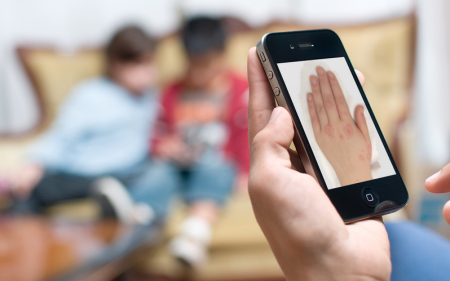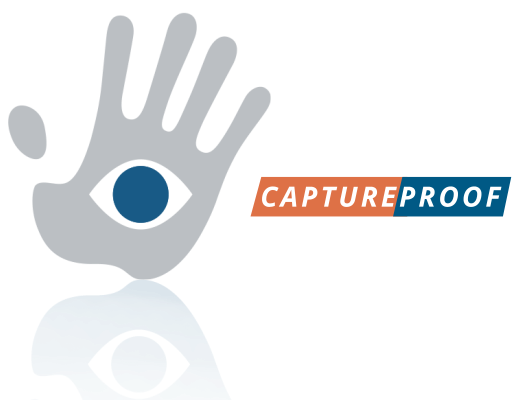Dr. Valerie Gribben, “never knew there were so many words for a rash” until she was in medical school. In her latest article in the Wall Street Journal she elaborates that by the time she was actively doing clinical rotations she realized: patients speak a different language.
However connected and information-savvy the world becomes, and however many times we, as patients, may scan WebMD, the MayoClinic site or Medline Plus for the right words and pictures to match up with the symptoms we may be experiencing – there will still be gaps in patient-doctor communication.
We: forget, misremember, may say one thing and the doctor may understand another. The potential for a disconnect in communicating your symptoms is huge. And when it comes to your health, the last thing you want is a disconnect!
Let’s take the rash example:
Patients say: My hands are kinda red and blotchy and itchy. I can’t remember when it started.

Doctors think: erythematous, blanching, targetoid, confluent, punctate

Doctor’s are people too – and they speak the very same English you do- so why don’t they know what you mean? When it comes to diagnosing you, seeing just what’s happening and treating it – their training has taught them to look for certain visual cues, symptoms, patterns etc – things more often than not, patients fall short in communicating.
They also need to know your progress:
- When did your hands first get blotchy?
- Are they as blotchy yesterday as they are today, what about 5 days ago?
- Has the blotchy area gotten bigger/smaller. Where?
Not knowing the answers to these questions don’t make you a bad patient. They just mean, you’re human and forget – so you need to use the right tools to help you remember and share with your doctor.
Using captureproof to Bridge the Communication Gap
It was when one Dr. Gribben’s patients pulled out a smartphone to share a series of pictures of her child’s rash taken outside of the appointment- to demonstrate what her child’s rash had looked like over a period of time that she began to see how the smartphone puts the power in the hands of the patient. She, as a doctor, saw that a smartphone in the hand of the patient could capture images of the symptom at home and over time – and in turn they could then share it with her – bridging this communication gap.

And that’s what captureproof does: we put your doctor in the palm of your hand by enabling you to use your smartphone (or any other digital image-capturing device) to securely communicate for [patient to doctor] and [doctor to doctor] communication with photos and videos. A picture or video of what your are experiencing – alone or as a series – has the ability to show a doctor the story of your health in a way you are unable to.
As Dr. Gribben had said, patients lack the ability to communicate and show their doctors symptoms – and with captureproof this is as easy as sending a text.

Because we are HIPAA-secure, captureproof does what a smartphone cannot. Your doctor is not legally allowed to review photos and videos you may text and or email them with because this goes against the rules of the Health Insurance Portability and Accountability Act (HIPAA). Medical practitioners can lose their licenses, be jailed and/or be heavily fined for not respecting this law which makes patient privacy a priority — after all, patients have a right to know that their private medical images and information stays that way – private.
For the patient, captureproof is a mobile visual health record – they can share their organized medical media with however many doctors/specialists/care providers they would like. We even organize pictures over time in a side-by-side timeline view so that you and your care provider(s) can see the progress of your health.


